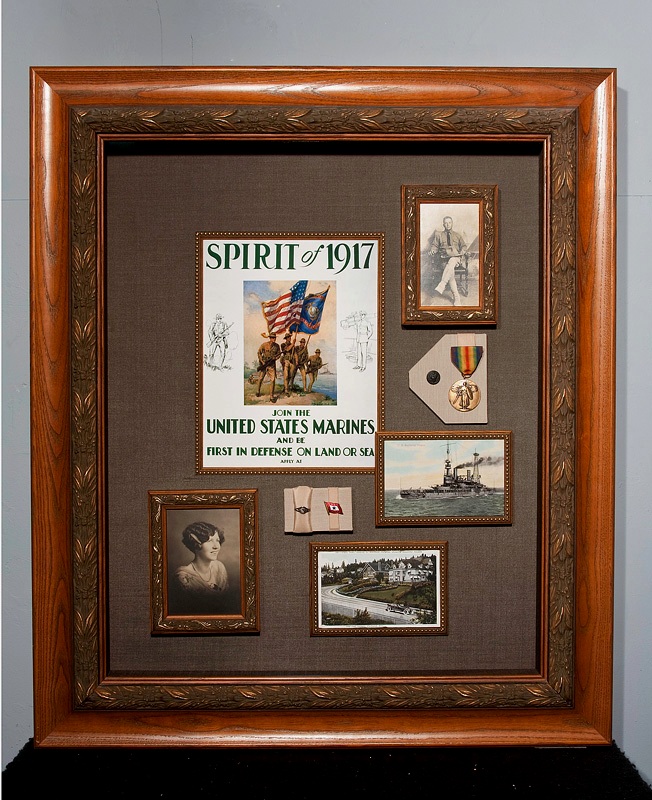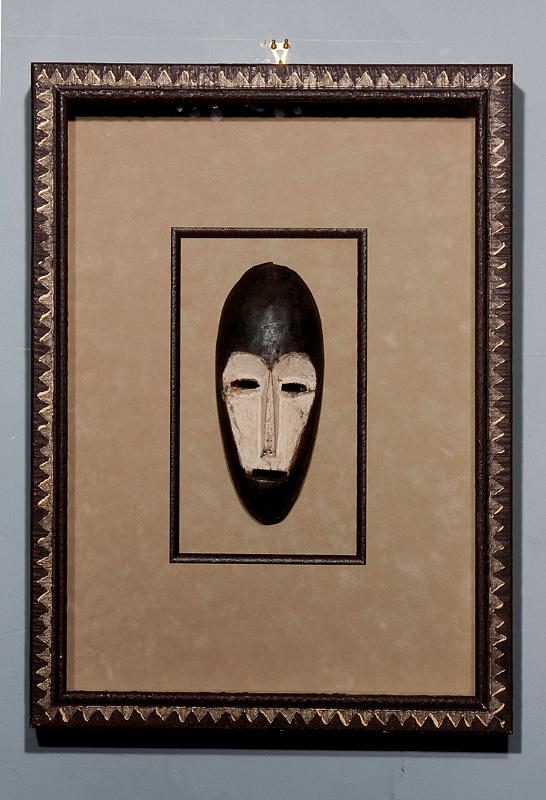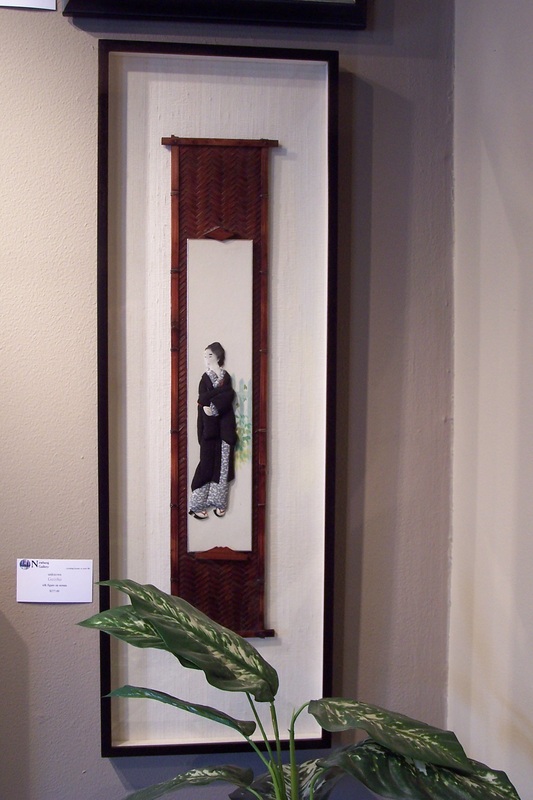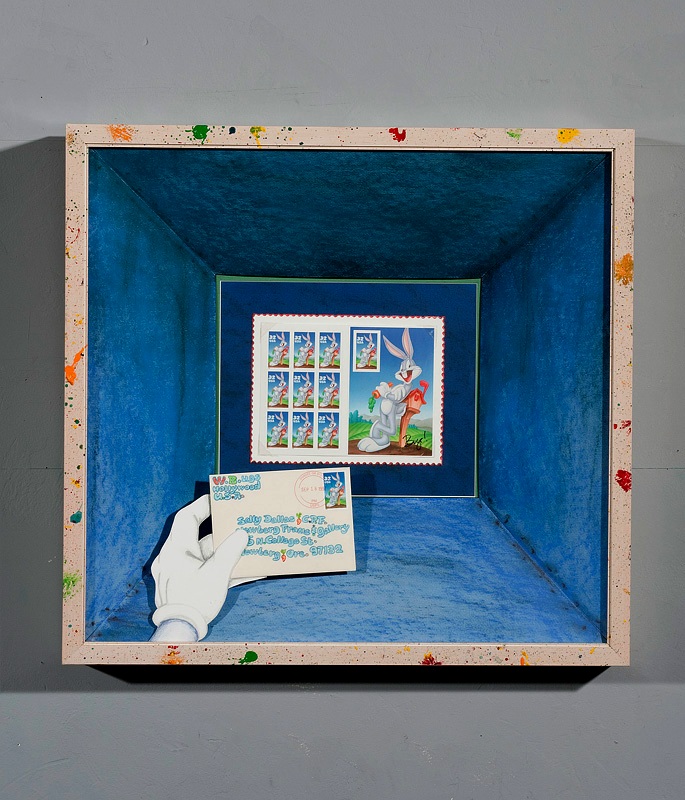|
Neutral framing (to me) is when the frame, mat and art are in such harmony that no one element stands out from the rest. When you look at the art and just go aaaahh! "Neutral need not be boring!"
When looking at art ask yourself these questions:
All of these questions factor into creating your custom framed art. It helps guide how we design it, how much you spend and where it will hang in your home. More on Neutral Framing
2 Comments
Black is not a Frame: It's a Line - Northern Michigan's Premier Picture Framer and Display Specialist Black and White, or any High Contrast Art
High contrast art is sometimes the hardest to design. The question is, "What combination brings out the most details of the art and helps me to see the art first".
This also applies to any art form that is extremely dark or light What do you want your framed piece to look and feel like when you get it home?
After all you frame that expensive fine art to highlight your local framer, right? — OR is it to highlight your good taste in art! Art and Frame Enhancements
What are the elements that go into a beautiful, effective and unique frame design? There are litterally thousands of matting and framing options to explore: do we add a fillet to the mat, or to the frame. Do we use fabrics, such as linen, silk, suede or a multitude of other choices. What is the mood we want to capture: modern, contemporary, tradtional, victorian, or eclectic. A romantic piece such as a wedding or engagement photo may suggest silks, golds and silvers with a fillet inside the mat. A funny, funky piece of art may call for framing that is not the "normal" and require thinking outside the box with multiple moldings, mixed mats and whatever it takes to make the piece (not just the frame or just the art) look fabulous. A "masterpiece" is different for each person and each project and should reflect the art, the home and the client. Come in with your art and your ideas. Between us we will create your masterpiece. Other pages to explore are:
|
AuthorSally Dallas, Artisan Framer Archives
March 2019
Categories
All
|
|
|
Like me on my social media pages

@sldallasphotography
copyright 2012 Newberg Gallery, Inc.
|
Start with a visit, call or email to My Personal Framer.
Sally Dallas, CPF, Custom Picture Frame Designer. 971.405.9119 Hours: Tuesday -Thursday 10-4 pm Friday 10-2 by appointment. Other times & dates by appointment only 115 N College St. Suite 3
'round back and down under |




 RSS Feed
RSS Feed